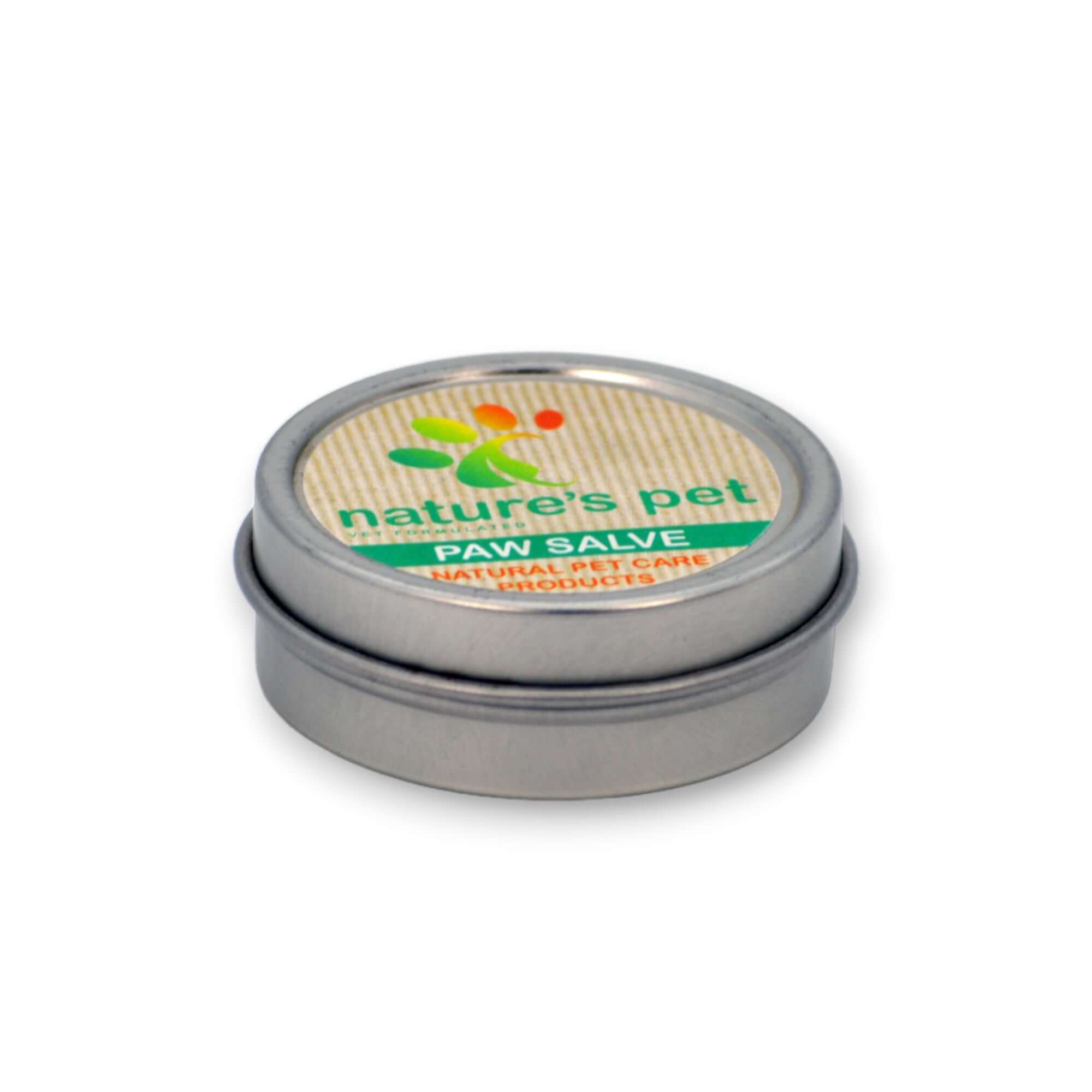Calendula is one great ingredient of Dog Paw Balm and the Ear Cleansing Solution!
We love learning and understanding the medicinal benefits of the herbal medicine that we use for a long time in our formulas, and we are happy to share a little bit of these information:
Calendula officinalis - Marigold
Family: Asteraceae
Calendula officinalis Linn. (CO), as an important plant within traditional medicine, has found application in the food industry as well as the pharmaceutical industry owing to the presence of secondary metabolites in the plant. The Calendula genus covers approximately 25 species. Calendula officinalis Linn. (CO) is the most studied species of Calendula. It has been used medicinally since the 12th century and is known as English Marigold, Pot Marigold, Holigold, Mary Bud, Marybud, or Mary Gowles. The name Calendula originates from the Latin term “calends” denoting the first day of each month when the Calendula flower blooms. Along with this, Calendula has also been referred to as the “herb of the sun”, considering the efflorescence of Calendula flowers in the morning and their shriveling in the evening. For a long period, this traditional herb has been used to treat minor burns, wounds, and skin problems. Currently used CO medicines include pot marigold tincture and carophyllenic ointment, which both contain carotenoids derived from the flowers.
CO is a self-seeding, annual plant species that grows to a height of 12–18 inches and is found near warm and humid atmospheric conditions. A 5 to 7 cm composite flower head rests on the plant’s stem. CO powder is a yellowish-brown powder with a distinctive aromatic smell and a mildly bitter taste. CO plants are abundantly seen in Central Europe and the Mediterranean regions . It is also found in Middle Eastern countries, specifically Cyprus, Turkey, and Iran. In addition, Calendula cultivation has also been observed in India and China on a larger scale.
It is considered a safe medication when considering its therapeutic potential with a proper dose and other pharmacological indications.
Chemical Composition
Some of the important components in CO pharmacological activities belong to different classes of chemical compounds:
Carotenoids
The flower of CO, which is primarily orange, has high levels of carotenoids. .
Carotenoids are predominantly known for their antioxidant activity through a radical scavenging mechanism, which makes them extremely useful in the pharmacotherapy of oxidative disorders. The same antioxidant potential and their ability to form artificial cross-linkage make them possess wound-healing action.
Terpenoids
Terpenoids, which are primarily present in flowers and roots of CO, are majorly known for their antioxidant activity. It shows a significant role in the management of diseases and disorders involving oxidative reactions such as skin hyperpigmentation, and diabetes-related complications. In addition to this, terpenoids have extensive anti-inflammatory action.
Flavonoids
Flavonoids present in CO, especially quercetin, have significant wound-healing activity. Furthermore, other constituents of CO are known to have skin-protective action through the antioxidant mechanism.
Coumarins
Coumarins, which are significantly found in flowers of CO, may prevent oxidative damage to cells .Using the antioxidant mechanism of action, it acts as a skin-protective agent, especially in sunscreen products.
Phenolic Acids
Phenolic acids found in CO makes them useful in the treatment of oxidative disorders.
Quinones
Quinones that are majorly found in the leaves of CO, they have anti-cancer potential.
Amino Acids
Threonine, glutamic asparagine, leucine, proline, acid, serine, histidine, phenylalanine, tyrosine, arginine, lysine, aspartic alanine, methionine, and valine are some of the amino acids that are present in CO that have been detected in its stems, leaves, and flowers.
Therapeutic Applications of Calendula officinalis
Many ailments have been treated with CO; a plant frequently used in homeopathic medicine. It is also applied to the skin to treat various conditions, including inflammation of the skin, open wounds, and laceration wounds that bleed. Additionally, it is used to heal minor ailments such as razor burns and wind burns.
Anti-Inflammatory
CO is currently being investigated, as it exhibits excellent anti-inflammatory activity. Using in vivo pharmacological testing, it has been determined that the triterpenoid fatty acid esters are responsible for the anti-inflammatory effects of Calendula flowers.
Wound-Healing Activity
Since ancient times, herbs and their preparations have been utilized in addition to traditional medicines to expedite the healing of wounds. In this context, preparations (alcoholic and lipophilic) made from the flowers of CO have received stellar reviews for treating mild skin inflammations and slow-healing wounds. This is accomplished by enhancing the amount of blood and oxygen delivered to the wound site, which encourages the body to produce new tissue. CO plants’ dried petals are used to make tinctures, ointments, and washes to cure mild infections, scrapes, bruises, and burns. CO also contributes to maintaining calmed, hydrated skin by encouraging the development of collagen, a necessary protein for radiant skin.
Antibacterial Activity
CO has also been shown to possess potent antibacterial properties. Recently, Karnwal studied the antibacterial potential of CO.The authors studied paper-disc agar diffusion and tube-dilution techniques to test growth inhibition and to calculate the minimum inhibitory concentration. Variable levels of antibacterial activity were shown by the leaf extract against various microorganisms.
Conclusions
CO species have shown tremendous health advantages from prehistoric times to the present. Many studies has been done about it and many more products and medicines can benefit animals and people.
References:
Hoffmann D. Medical Herbalism: The Science and Practice of Herbal Medicine. Rochester, VT: Healing Arts Press; 2003.
Government of Canada. Food and Drugs Act. Natural Health Products Regulations. P.C. 2003-847. Published June 5, 2003. http:// canadagazette.gc.ca/partII/2003/20030618/html/sor196-e.html. Accessed December 7, 2007.
An Updated Review on the Multifaceted Therapeutic Potential of Calendula officinalis L.by Kiran Shahane 1,†,Madhuri Kshirsagar 1,†,Srushti Tambe 1,†,Divya Jain 1,†,Srutee Rout 2,†,Maria Karolina Martins Ferreira 3,Suraj Mali 4,Purnima Amin 1,Prem Prakash Srivastav 2,Jorddy Cruz 3 and Rafael Rodrigues Lima 3.
Gisela Novaes
Holistic Veterinarian
Certified Canine Myo Manipulative Functional Therapist


















